Women at the Forefront: Shaping Climate Action in Bangladesh
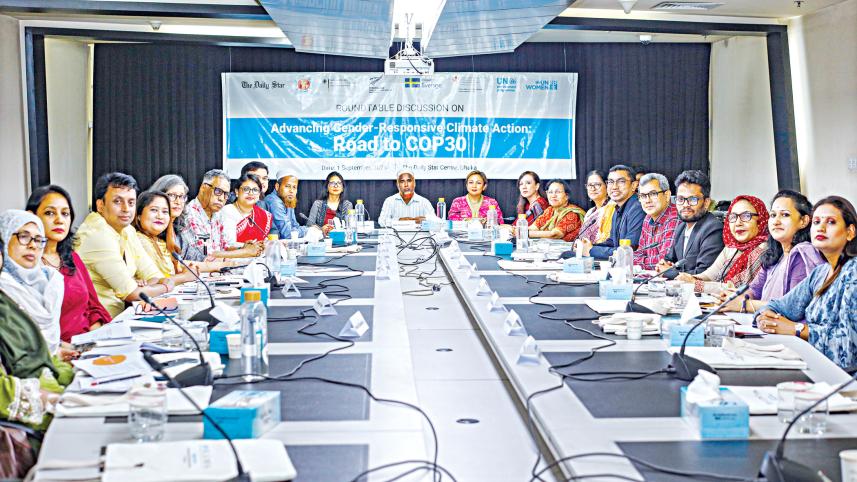
A roundtable titled "Advancing Gender-Responsive Climate Action: Road to COP30" was held on September 1, 2025, at The Daily Star Centre, Dhaka. Jointly organised under the EmPower Project—led by UN Women and UNEP with support from the Governments of Sweden and New Zealand—and hosted by The Daily Star, the dialogue brought together government officials, development partners, civil society, and academics.
Participants highlighted Bangladesh's climate vulnerabilities and the disproportionate risks faced by women and girls, while emphasising their critical role in resilience and innovation. Discussions focused on shaping Bangladesh's COP30 position, strengthening the national Climate Change and Gender Action Plan (ccGAP), and ensuring women's voices and leadership guide climate action.
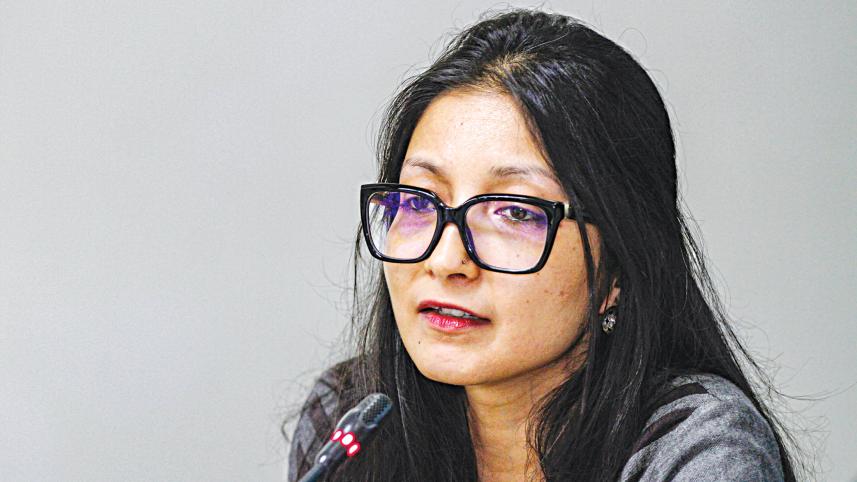
Navanita Sinha
Deputy Representative, UN Women
This year marks a pivotal moment for gender equality, coinciding with the 100th anniversary of the Beijing Platform for Action, the most comprehensive framework on women's rights. While progress has been made over three decades, gaps remain significant. The Gender Snapshot report by UNDESA and UN Women highlights stark inequalities: eradicating extreme poverty among women could take 137 years, and 48 million more women face food insecurity than men. Women spend 250 million hours daily collecting water, and climate change could push up to 158 million women into extreme poverty by 2050. COP30 must strengthen climate finance, gender-responsive adaptation, and feminist climate justice.
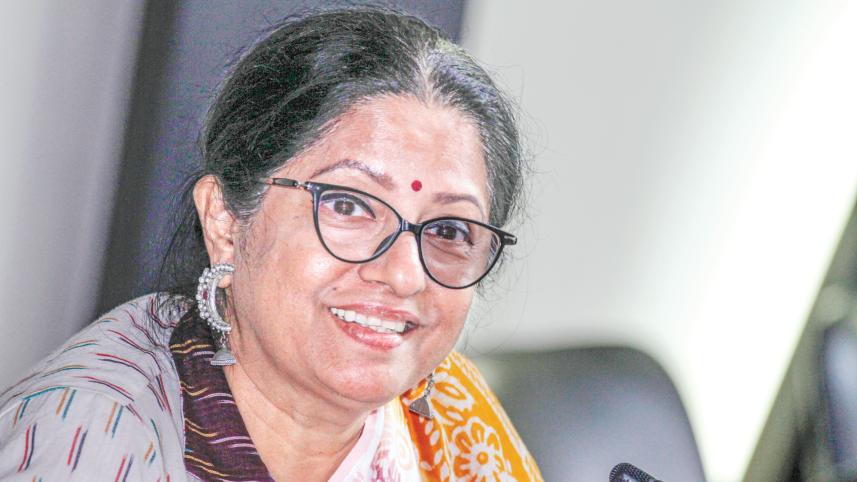
Dilruba Haider
Programme Specialist, UN Women (Keynote presenter)
Over the past decade, the UNFCCC has made significant strides in integrating gender into its processes. Starting with the Lima Work Programme on Gender in 2014, followed by the adoption of the Gender Action Plan (GAP) at COP25 and subsequent reviews at COP26–28, progress has been evident, though gaps remain. With COP30 in Brazil approaching, the final review of the enhanced Lima Work Programme and GAP offers a crucial opportunity to assess achievements, address shortcomings, and set clear priorities for the years ahead.
The GAP focuses on five core areas. Capacity building, knowledge, and communication aims to harmonise gender terminology, promote gender-disaggregated data, and tailor outreach to marginalised groups. Women's leadership and participation prioritises representation, mentorship, grassroots funding, and protection for women human rights defenders. Coherence emphasises integrating gender across UNFCCC bodies and coordinating with institutions like the IPCC and CBD, although linkages with frameworks such as the Rio Conventions and Sendai Framework remain weak. Means of implementation highlights gender-responsive budgeting, financing for grassroots women and smallholder farmers, access to technologies, and data collection. Monitoring and reporting ensures transparency in gender composition, systematic reporting, and development of gender indicators to strengthen accountability.
Bangladesh's Climate Change Gender Action Plan (CCGAP), developed prior to the GAP, outlines six priority areas: natural resources, livelihoods, infrastructure and settlements, women's leadership, means of implementation, and capacity building. While aligned with the GAP, it initially lacked coherence and monitoring provisions, though frameworks are now being developed.
Challenges remain. Negotiation texts are heavily bracketed, with care work, gender-based violence, and climate finance often diluted. Reliance on voluntary reporting weakens accountability, and political sensitivities around gender constrain inclusivity. Yet opportunities exist. Bangladesh can prepare negotiators with clear priorities, form alliances with like-minded states, and push for feminist climate justice. As Dilruba Haider emphasises, there can be no climate justice without gender justice.
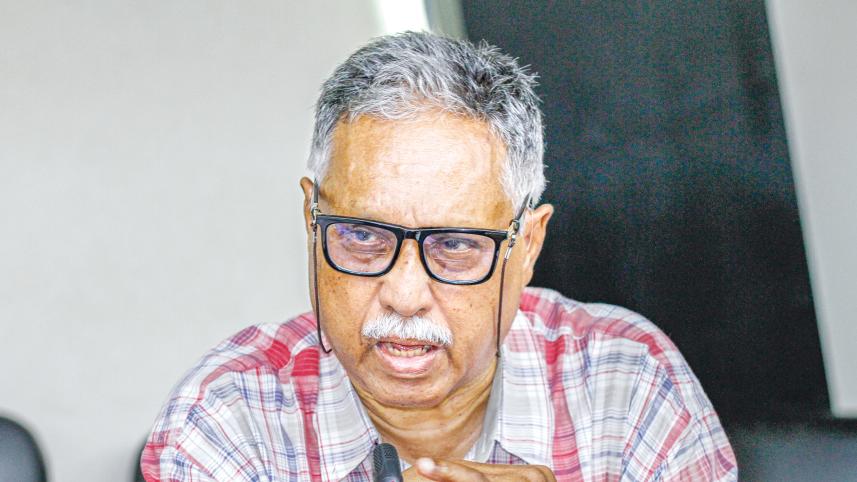
Dr. Ainun Nishat
Advisor, C3ER - BRAC University
Recommendations on gender-responsive climate action are only meaningful if effectively implemented. Resolutions alone are insufficient unless integrated into national policies with dedicated funding for gender-responsive projects. A landmark development on June 24, 2025, saw the International Court of Justice recognise disabilities within gender-responsiveness, broadening inclusivity and highlighting the need to address diverse identities in climate policy. Understanding the global political context is equally critical—Bangladesh must identify supportive and non-consenting countries to ensure its COP30 delegation is fully prepared, aligned, and capable of negotiating effectively. While most ministries have developed Gender Action Plans, these risk remaining symbolic unless implementation is prioritised. Gender-responsiveness must be country-driven, embedded across all sectors, and treated as integral to development planning rather than an afterthought.

Dr Shamima Nasrin
Planning and Statistics, Ministry of Women
and Children's Affairs
The Ministry of Women and Children's Affairs must be an integral part of the Gender Action Plan under discussion. While priorities have already been identified, the key challenge lies in translating these commitments into concrete delivery, particularly in the context of gender and climate change. Gender considerations should not be viewed as a separate agenda but mainstreamed across all sectors, embedded at the heart of national planning and implementation.

Mohammad Faruk Hossain
Deputy Secretary, Ministry of Disaster
Management and Relief
The increasing frequency of climate-induced disasters in Bangladesh affects communities unevenly, with women, girls, persons with disabilities, and marginalised groups being the most vulnerable. Women face heavier unpaid care burdens, limited access to resources, and greater risks of gender-based violence. Gender-responsive measures have helped reduce disaster mortality disparities: from a 1:14 death ratio in 1970, to 1:5 in 1991, and now 1:1. The ministry promotes gender equality through targeted employment programmes, reserving at least 30 percent of beneficiary positions for women, often exceeding 40 percent. The cyclone preparedness programme, with 80,000 volunteers—half women—earned a UN Public Service Award in 2021. Early warning and evacuation systems prioritise women and girls, supported by a Disaster Risk Financing Strategy. Strengthening women's leadership and ensuring accountability remain central to gender-responsive disaster management.
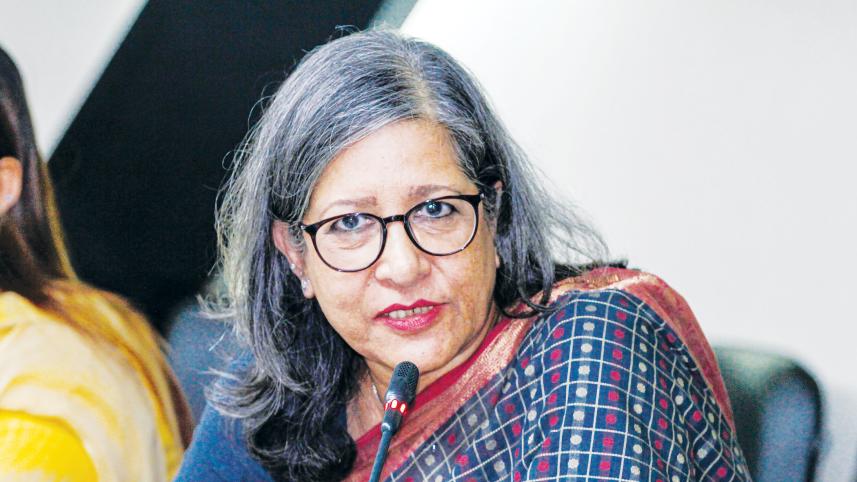
Farah Kabir
Country Director, ActionAid
Despite some progress, major gaps persist in advancing gender-responsive climate finance. Many countries still lack comprehensive policies, while the Gender Action Plan (GAP) faces weak accountability and inadequate funding. Similarly, the proposed $1.3 trillion in climate finance, including $300 billion annually lacks clear delivery mechanisms. Also, no pledges have been made for the minimum annual need of $400 billion for the Loss and Damage.
A lack of political will continues to be a major obstacle. Women's participation in climate negotiations is often symbolic, with most holding junior roles while decision-making power rests with men. Bangladesh must therefore advocate for emission caps, predictable climate finance, and gender justice on the global stage. Nationally, a transformative, rights-based Gender Action Plan is needed supported by cross-ministerial collaboration, gender- and age-disaggregated data, capacity building, and the amplification of grassroots women's voices—to ensure that policies are rooted in lived realities.

Shaheen Anam
Executive Director, Manusher Jonno Foundation
Global and national frameworks are important for securing commitments, but unless they are translated into concrete policies and actions, they risk becoming meaningless. The realities of marginalised women—those who struggle daily for food, shelter, and security—often remain far removed from high-level discussions. Thirty years ago, Bangladesh returned from Beijing with renewed hope and a national action plan, but momentum was lost due to weak accountability, leaving implementation incomplete. At this critical juncture, we cannot afford to waste more time. Achieving gender justice requires first believing in gender equality as a principle.
It is also vital to recognise that women are not a homogenous group. Intersectionality must shape our strategies, particularly in addressing the needs of climate-vulnerable women. Their practical needs—such as food, accommodation, sanitation, and basic rights—must be met alongside their strategic needs, including equal access to resources and opportunities. Continuity within the bureaucracy is equally crucial so that commitments are sustained and transformed into action on the ground.

Jesmin Nahar
Deputy Secretary, Ministry of Environment, Forest, and Climate Change
Our gender action plans must align closely with both national and international priorities while addressing the root causes of gender inequality. These plans should not be developed in isolation; they must actively engage all stakeholders – including government institutions, development partners, and civil society organisations – to ensure the process is inclusive and representative. Above all, accountability is crucial. Strong gender indicators and robust monitoring frameworks must guide the implementation process so that commitments do not remain on paper but are effectively translated into action.
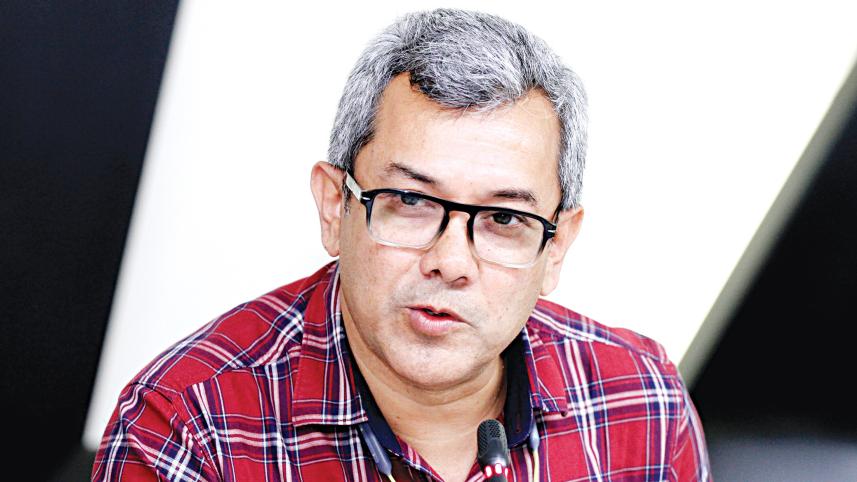
Md. Shamsodoha
Chief Executive, Centre for Participatory
Research and Development
A key gap in gender equity discussions is the inclusion of gender-diverse populations, indigenous communities, and persons with disabilities, yet some countries resist incorporating this perspective at international platforms. Implementation remains critical: beyond commitments on paper, it requires finance, capacity-building, and resources for focal points to train, mobilise communities, and generate gender-disaggregated, climate-specific data. Developed countries have often denied these resources, limiting real-world impact. Bangladesh must proactively mobilise international support. National governance must translate global decisions into action, with gender action plans adopting gender-responsive and gender-transformative approaches, supported by strong inter-ministerial coordination, transparency, accountability, and reporting mechanisms to ensure commitments move from paper to practice.
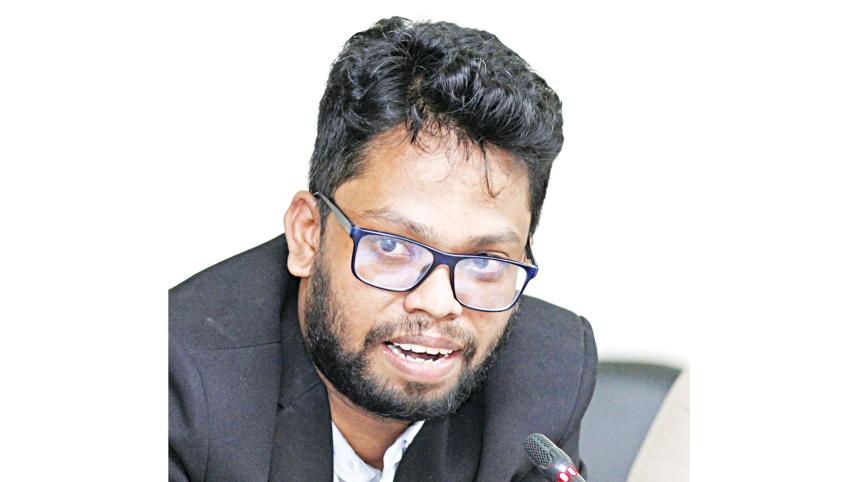
Sohanur Rahman
Youth Climate Activist
LIMA emphasises the critical role of men and boys in promoting gender equality within climate action. They are not only allies but also beneficiaries and strategic partners. Over the past two years, the "Eco-Man" initiative engaged communities across five districts, including fishing communities in Barishal, a Dalit community in Khulna, and "tiger widows" in the Sundarbans—women unfairly blamed for their husbands' deaths. By training men and boys in gender-transformative approaches, space has been created for these women to participate fully in climate action. This initiative has mobilised men as community leaders, ensuring women's active engagement and informing Bangladesh's CCGAP framework ahead of COP30.
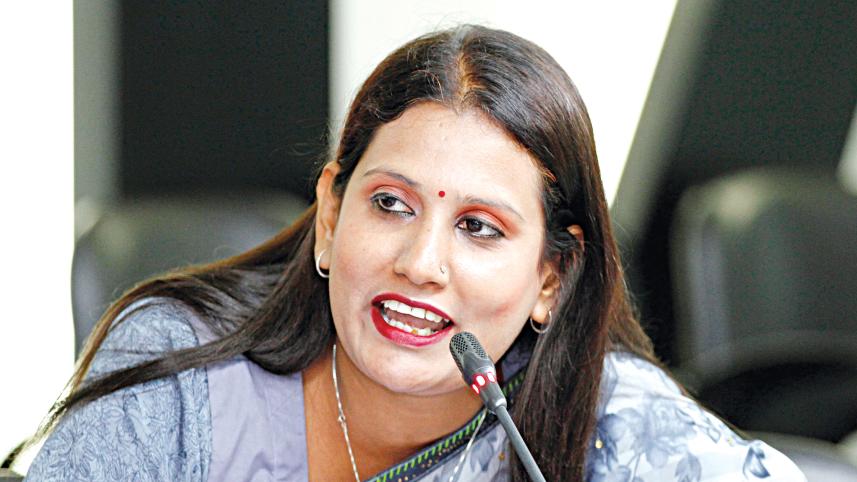
Jannatul Mouwa
Executive Director, BINDU Nari Unnayan Sangstha
I come from Satkhira, one of Bangladesh's most climate-vulnerable regions. While speaking with a doctor in Shyamnagar, I learned that around 600 women visit him daily with skin-related issues. During the dry season, water scarcity affects basic needs, from drinking to bathing. I am not a policymaker, but I represent my community and aim to share how climate change impacts women's daily lives. Gender is often treated as a side issue, and women remain participants rather than decision-makers. Discussions on leadership must translate into practice, ensuring climate policies are inclusive, actionable, and reflective of women's lived realities.
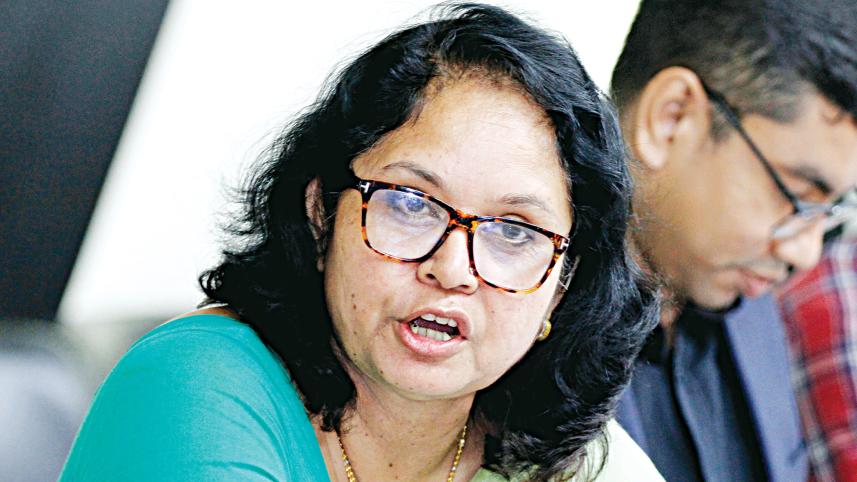
Professor Sharmind Neelormi
Department of Economics, Jahangirnagar University
Civil society representatives have emphasised that COP30 commitments must avoid generic language and be measurable, reportable, and verifiable. As Bangladesh expands its national preparedness to meet climate goals, it is crucial to reflect on the contributions already being made. This is particularly important as the country prepares to graduate from LDC status.
Gender Action Plans and national preparedness strategies must align with Bangladesh's own trajectory, recognising that vulnerability is dynamic and context-specific. Adopting best international practices while adapting them to national realities will be key to success.
The Green Climate Fund, for instance, already has a strong gender policy. What is needed now are more scalable, well-coordinated projects that ensure preparedness is both effective and inclusive, integrating gender considerations at every stage of planning and implementation.
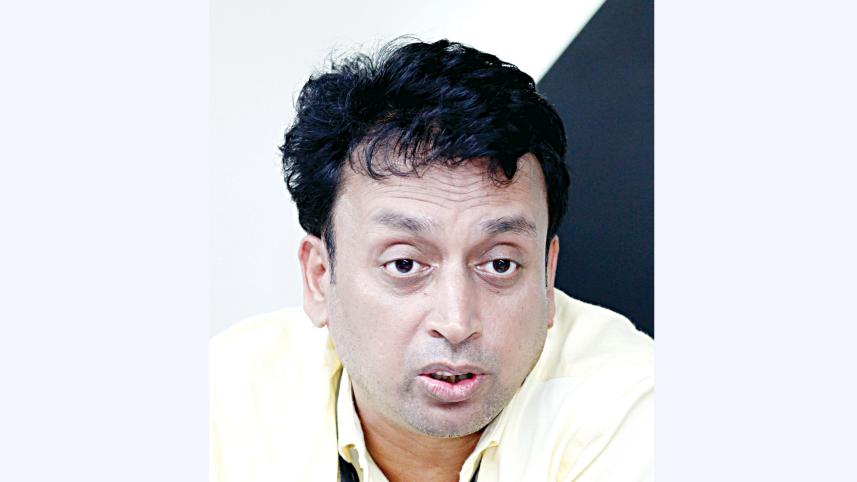
Mritunjoy Das
Deputy Chief of Party, NABAPALLAB; Deputy Director, Humanitarian and Resilient Futures Programme, Care Bangladesh
Since 2009, gender has often been treated as an add-on in climate and development projects. While progress toward integrated, gender-responsive initiatives exists, many plans remain only on paper. Focused projects can be designed, but their effectiveness is limited if they operate outside global frameworks. Core funding is essential to implement strategies like CCGAP and to monitor progress effectively. Gender considerations must be central to adaptation and transition efforts, safeguarding human rights language and ensuring coherence across frameworks. Currently, CCGAP lacks provisions on "intersectionality," which must be incorporated. Post-COP30, refining CCGAP to align with national and global priorities is crucial.

Jacob De Leon
Second Secretary (Development), Climate Change Lead, Australian High Commission, Dhaka
Australia recognises that climate change and natural disasters disproportionately impact women and girls. We also understand that participatory approaches can enhance ambition and deliver sustainable outcomes in environmental protection and disaster risk reduction. However, gender must not be viewed through a single lens. Intersectionality is critical: policies and programmes need to reflect the diverse experiences of women and marginalised groups. Only with a holistic approach can gender-responsive plans be implemented effectively, ensuring that no one is left behind and that climate action benefits all members of society.
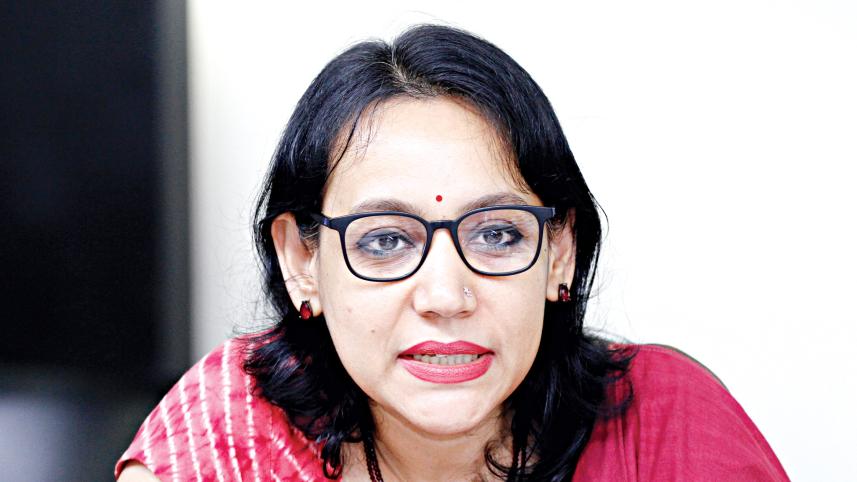
Sharmin Islam
Gender Team Leader, UNDP Bangladesh
Acknowledging the gaps in our approach is essential. When UNDP engages with different ministries, communication challenges often arise, particularly in integrating gender into climate issues. Strengthening this process is critical, as the government plays a central role in translating international agreements into national action. Financing gaps persist, requiring innovative solutions such as blended financing to bridge them. Data gaps also remain a challenge, and political parties must be included in discussions to ensure comprehensive policymaking. Too often, women are seen as passive participants both nationally and internationally, resulting in limited leadership. It is vital that grassroots women, who bear the greatest climate burdens, are not only heard but actively shape policies and solutions.

Roufa Khanam
Assistant Director, Centre for Climate Change and Environmental Research (C3ER), BRAC University
We are supporting the government in developing climate policies with a focus on gender. She noted that while the UNFCCC provides clear guidelines, gaps remain: the ministry included a gender plan in the NAP document but not in the NDC, and most gender action plans are placed in annexes, limiting visibility. Collaboration between ministries is difficult due to the absence of designated gender focal points, and the lack of union-level gender-disaggregated data hampers monitoring. She recommends including gender plans in main documents and appointing focal points in every ministry to ensure accountability and effective implementation.
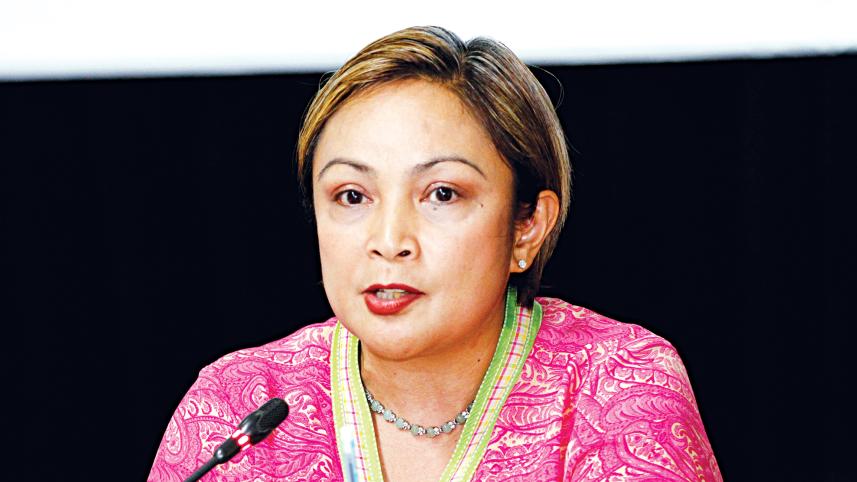
Nayoka Martinez Bäckström
First Secretary, Environment and Climate Change; Deputy Head, Development Cooperation Section, Embassy of Sweden in Bangladesh
We must expand dialogue spaces and ensure broader representation in climate discussions. Sweden negotiates on gender issues in close alignment with the EU, where gender remains a key agenda item, particularly as Sweden serves as co-chair of the Green Climate Fund. Integrating gender equality across climate action must continue, supported by experts and strengthened through gender-disaggregated data. Currently, gender is often mentioned only in renewable energy discussions, while areas like market regulations require additional attention. Efforts must be country-driven, with Bangladesh's CCGAP serving as a strong example. Ministries should maintain a unified position when negotiating on multilateral platforms. As this year's delegation works to increase climate ambition, keeping gender integration central is essential for achieving meaningful and equitable outcomes.

Md Khayrul Hasan
Additional Secretary, Ministry of Environment, Forest, and Climate Change
Bangladesh continues to face resource constraints, although the situation has improved in recent years. While we have made significant progress through service-oriented interventions, there is an urgent need to prioritise structural measures as well. These long-term solutions are essential to strengthen climate resilience and ensure gender-responsive outcomes. I would urge our COP30 delegation to highlight this critical issue on the international stage, advocating for support and collaboration that enables both immediate and sustainable climate action.
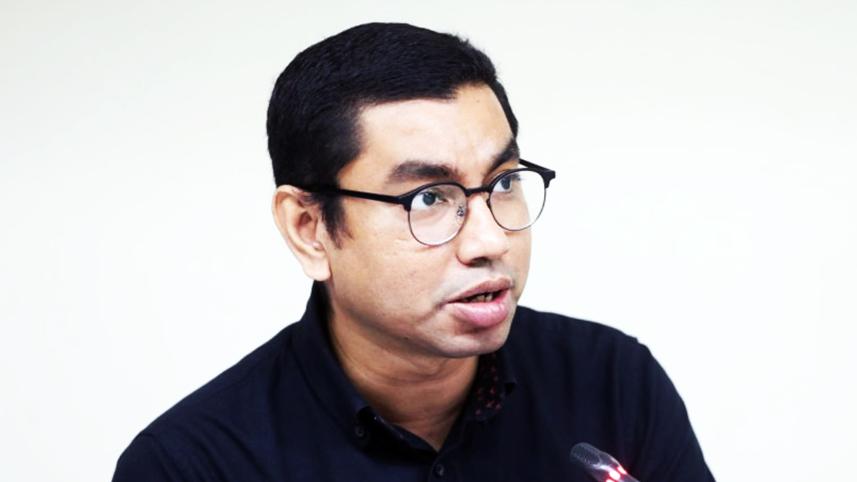
Tanjim Ferdous
In-charge, NGOs and Foreign Missions, The Daily Star (Moderator of the session)
Bangladesh is among the countries most vulnerable to climate change, with floods, cyclones, river erosion, and rising sea levels posing serious development challenges. These impacts are not gender-neutral: women and girls face disproportionate risks, yet they are powerful agents of resilience and innovation. As COP30 approaches, Bangladesh has a unique opportunity to shape the global Gender Action Plan while strengthening its national response through CCGAP. Today's roundtable aimed to develop concrete recommendations, enhance gender-responsive national actions, and ensure women's leadership is central to climate action.




 For all latest news, follow The Daily Star's Google News channel.
For all latest news, follow The Daily Star's Google News channel.
Comments